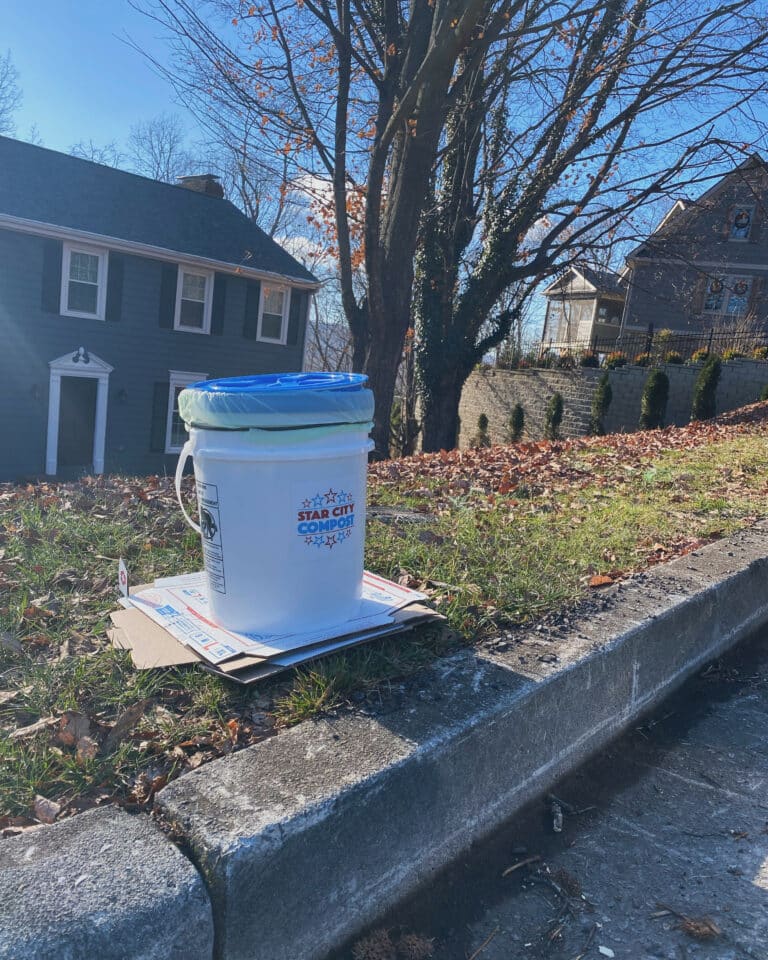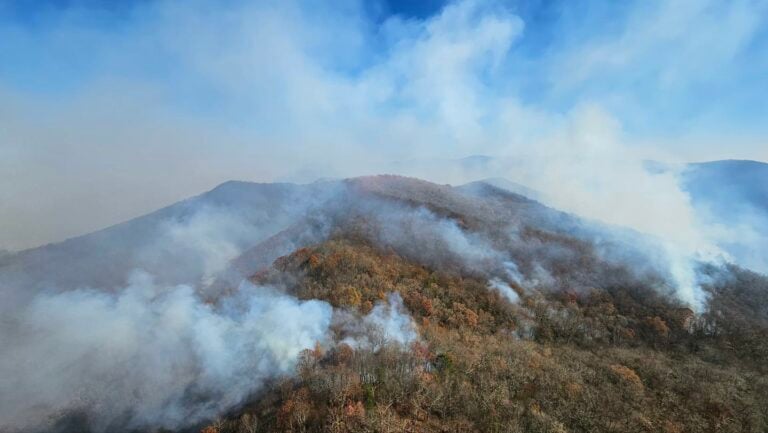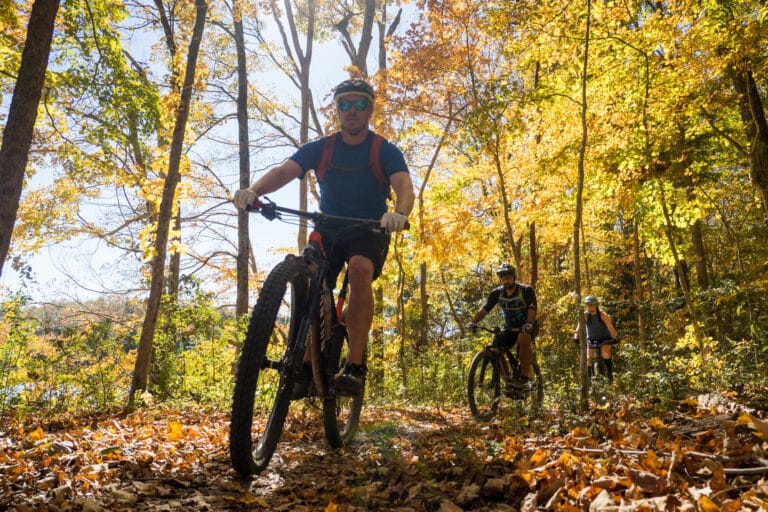We can’t help but feel calm beside a riverbank, as the water courses by with vigor and purpose, making its way to a distant destination.
The sleepy mountain town of Blacksburg is perched in the New River Valley, surrounded by mountains in all directions. As the Virginia Tech students embark on their mass exodus in May, the leftover locals emerge with kayaks tied tightly to the tops of cars, making their way to the water. Still, many fear this great adventure, resolving themselves to an inner tube and a trip or two down the Junction. But to use the jargon of our day, the New River is surprisingly “user-friendly,” and its ease of access makes it the perfect place to enter the world of river sports.
Adventure at any age
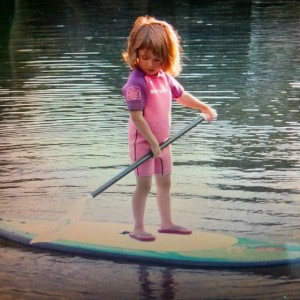
In the words of local river enthusiast Luke Hopkins, owner of Stride Stand-up Paddleboards (SUPs), the New River Valley is one of the best places to get into river sports. People may have questioned his choice of setting up shop here in the NRV, but with its low-key vibe and untapped potential he’s certain he picked the perfect spot.
“Blacksburg is a particularly great place to get your feet wet, pardon the expression,” he laughs. “It is so much more accessible than say, Great Falls. You can walk right into the river with ease, making it enjoyable at any age.” Nevertheless, here in the NRV we are also just a stone’s throw from some of the most impressive whitewater this side of the Rockies. Luke explains that with a short car ride you can go head on to get the full effect of the Class IV rapids, whether you are kayaking or rafting.
Luke shares his thirst for adventure with his long time love, Anne, and their two young daughters. Together they travel all over the United States, charting new river courses and helping others find their way into the world of SUP. Luke recently won the Grand Canyon River Trip lottery, receiving a permit to enjoy a ten-day, 220-mile expedition rafting the Colorado River, inarguably the best river experience on earth. But still, Luke feels there is something truly unique about the New. “You just get that feeling of being one with the mountains, instead of carving around the base of them.”
Hailing from Summersville, West Virginia, Anne completely agrees. She was 16 years old the first time she ever put a paddle in the river and says, “I immediately realized how much I’d been missing, and how much my friends were missing, by never going rafting or kayaking in high school.” She knew right away that she had been called to a life on the river, and would later become a river guide and lifelong lover of all things New. Plus, living in Blacksburg means she is able to share this pleasure with her kids and enjoy family float trips with the little ones without worry.
Unburying the River’s history with a trip to the Virginia Tech Geology Department
At the ripe old age of ~450 million years, the Appalachian Mountains are some of the oldest mountains in the entire world. Maybe you’ve also heard that the New River is one of the oldest rivers in the world. Then why the misnomer? When Google failed to help me find the answer, I found myself wandering the halls of the Virginia Tech Geology Department in search of one Dr. Philip Prince. Prince is as unique as the river itself, and just so happens to be a world-class paddler.
His family boasts 250 years of history in the Appalachians of North Carolina and Georgia and his southern roots run deep. He spoke deliberately and in a relaxing nasally tone, “I’m about as Appalachian as one can get,” he laughed. A colonel-esque moustache adorned his upper lip and his deep drawl poured slowly from his thin wire frame. His neck was befittingly bowtied and his feet were tucked snuggly inside a pair of homemade leather shoes. I couldn’t stop myself from staring at them.
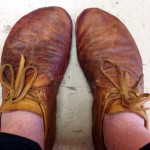
“The left one looks bigger because it is,” Philip laughed. “Years of rugby and running around on a damaged right leg lead to such asymmetries,” he expounded. Just as the earth’s terrain shifts under environmental duress, so does our human frame. Maybe that’s why he took up river sports, so he could sit down!
We met in the Geology Museum on campus, and if you haven’t been yet I highly suggest making a visit. A fully assembled teenaged Allosaurus skeleton perched to the left of us, and a giant glowing orb of “Pangea” spun slowly behind us. The continents on the orb stretched and shifted over the course of billions of years, a fitting backdrop to our conversation.
I asked him what came first, whether the mountains grew up around the river or if the river found its way between the mountains. Listening to Philip talk about the river was like watching thick syrup dredge itself into a stack of pancakes.
Prepositions, play dough, and a pressure box
“We’ve gotta get out of the preposition jungle,” Philip insisted. “Above, around, under, through, between…we need to get past all of that.”
Apparently, if we really want to uncover the truth about the New we have to know a bit about the earth itself. And how erosion works. And what better way to learn a school lesson than with good old-fashioned play-dough. Philip brought out three tubs of the stuff in an effort to help me understand the ways of the world, literally.
Our lesson was interrupted when a student came in clutching a red colored rock in his hand. Philip knew in a glance that the rock was at least 400 million years old, and was a product of the Ellet Valley. “You start to see local landmarks as part of one of four folds. Likewise, if you see a rock you can connect it part of the folded sequence,” he explained.
Back to the chicken or the egg debate.
“It’s not about whether the mountains came before the river or if the river was there before the mountains. Some type of mountain topography has been here much, much longer than the New River course we see today,” Philip stated. In the course of so many years, huge folded sequences of rock were buried and subsequently unburied to produce a constantly changing topography.
The mountains we see today have been exposed by the removal of about three miles of overlying rock. Geologists use a device called a “pressure box” to model the folding and faulting of rock layers, which are represented by a variety of materials. This model uses flour and cornmeal to represent the four massive wrinkles of rock into which the New River Valley has been carved.
This slow process has allowed the 320-mile New River to gradually find the best way across the ridges on its way from the high Appalachians to the Ohio River, ultimately leading to the Gulf of Mexico. That’s right, it flows westward.
Contrary to expectations, the river doesn’t empty itself eastward in to the much closer Atlantic Ocean. When early pioneers discovered the river they followed it all the way to Ohio and realized it was in fact, the gateway to the West, the New Frontier. Perhaps that explains the “New” name?
And someday, many, many years from now, it will eventually connect with the Roanoke River and flow eastward after all.
So maybe that’s a better answer to the question of why it’s called the New River. It is always changing, making itself new again.
Up, up and away
In addition to this odd East to West flow, our river is also unique in that it flows South to North. These peculiar directional habits, coupled with the fact that the river cuts right through Appalachian rocks that are proven to be erosion-resistant, lead people to believe that the river’s formation preceded the uplift of the Appalachian Mountains themselves.
When you first arrive at McCoy Falls you’ll notice that the mountains look as though they sprang up around the river. Part of that illusion is due to the deception of elevation. Even though the town of Blacksburg technically sits in a valley, we sit relatively high up. By the time you make it down to the river you have descended quite a ways, thus the jagged cliffs and mountains around you look enormous.
“As a geologist, I think the most unique characteristic of the New River basin is that despite its large size, it sits at higher elevation than surrounding river systems. Neighboring river systems have developed courses which move water out of the high country to the modern coastline as quickly as possible; the New does not do this,” Philip explains.
This mighty grandfather within the family of East Coast Rivers remains “perched” within the mountains.
Beginner’s luck
At age of 32 years old I finally carved out some time to explore this geological treasure. I took the 7 mile beginner’s kayaking trip offered through Tangent Outfitters and it just so happens that trip is the home to the most beautiful section of the river in the entire area.
As I rounded the river bend, my breath was taken away by the magnificent Palisades stretching upwards to the blue sky. And there, at the base of these craggy grey and white cliffs was a pair of white swans floating beak to beak, forming the shape of a heart. Not even resident river buff Luke Hopkins has seen swans on the New River, so I felt extraordinarily lucky. And for that brief moment on the ever-changing river, time stood still.
—Emily Kathleen Alberts is a science writer, storyteller and lover of local lore. She received her master’s degree in professional writing from Virginia Tech and her stories appear in Virginia Tech Magazine, the Roanoke Times and other local news outlets.

